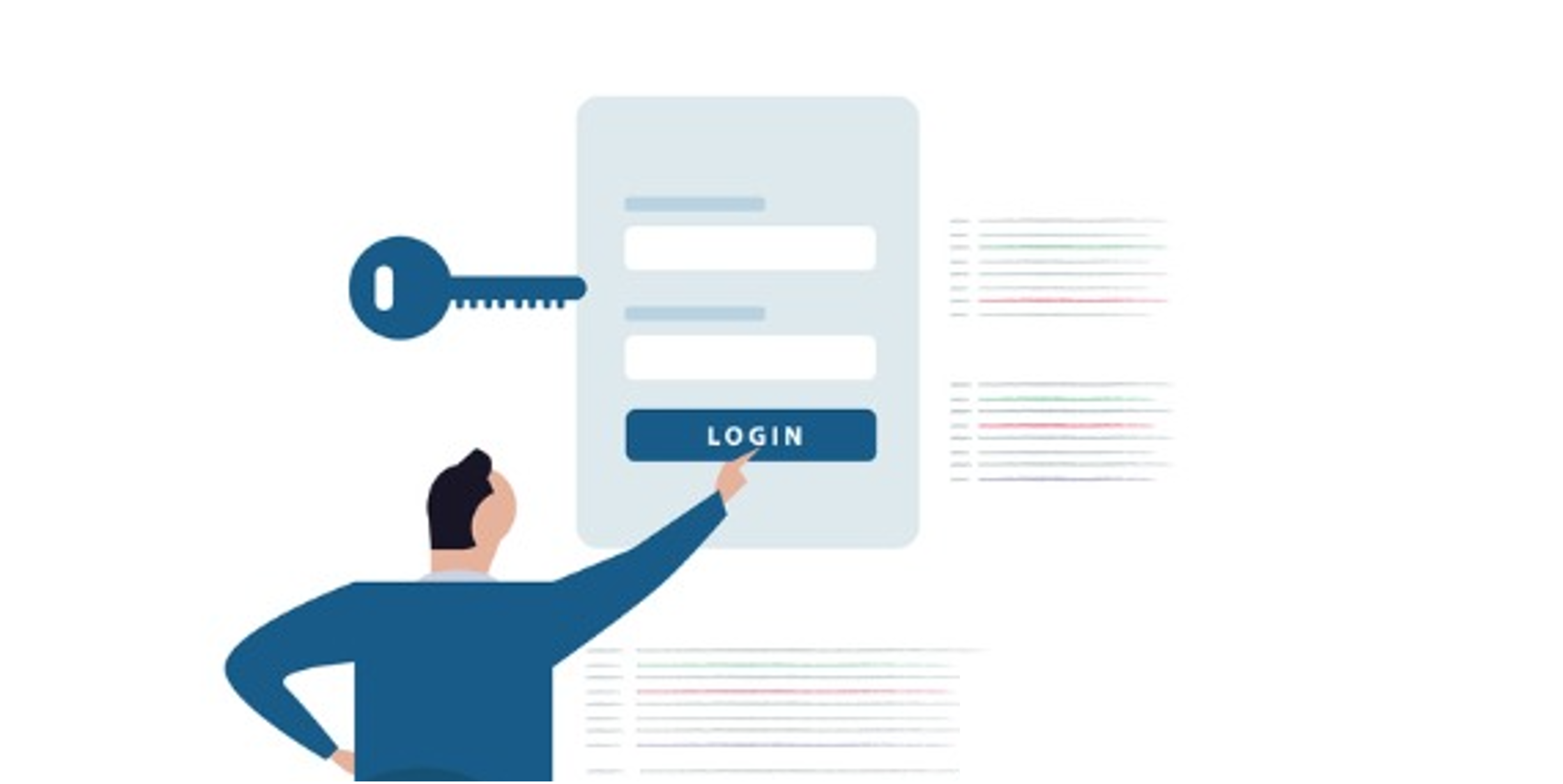In the past few years single sign-on (SSO) and identity management (IdM) solutions are gaining popularity, and it’s easy to understand why. With the growing use of SaaS applications, employees are faced with more and more login prompts and forgotten passwords, impacting their productivity. Single sign-on solutions solve this problem, while improving admin control and reducing security risks.
As an IT professional, you probably already implemented an SSO to control, manage and reduce the risk related to the apps you know of. That’s a great start, but your company needs more. In order to be fully covered, you must also be able to manage the IT tools which are not connected to your SSO, as well as the ones you don’t even know about, aka Shadow IT.
This is where a SaaS Management Platform (SMP) comes in. Implemented alongside your SSO system, it is an essential tool to help you gain full visibility over SaaS applications across the organization. In addition, SaaS Management gives IT teams the ability to control, analyze, automate, and secure SaaS applications throughout the company.
Why should CIOs go beyond SSO and start managing their SaaS Stack?
The growth in SaaS usage in organizations creates a wide set of problems ranging from waste to added operational burden, to data loss and identity risks. Here are some of the issues IT teams are dealing with as a result of SaaS sprawl, which SSO cannot fully solve on its own:
Incomplete off-boarding: In a world where starting to use a SaaS tool is as easy as ordering something from Amazon, Shadow IT undoubtedly exists, and off-boarding employees poses a problem. While your SSO / IdM system helps you remove an individual’s access to multiple apps quickly and simply, it can’t help you remove access to the apps that you don’t know about. And those are often the apps with the biggest potential to cause you problems.
Impaired ability to control and manage costs: A recent Pulse poll uncovered that 41% of IT teams rely on spreadsheets to manage their organization’s SaaS stack manually, and 22% do not actively manage their SaaS stack at all. This means they are missing out on the ability to remove apps that do not comply with company policy, manage license renewals and negotiate more favorable SaaS licenses – all impossible to do if you don’t have visibility over all the app information.
Data compliance risks: Having a complete view of your tech stack is crucial to assessing your risk exposure. For example, connecting apps to Slack, Asana, and other popular SaaS tools, is very easy and convenient for the end user, but they slip under the radar of SSO/IdM and gain access to corporate data. As companies grow and have to comply with standards such as SOC2, SOX, and GDPR. Having complete visibility to ‘who has access to what’ becomes a must.
Choosing a SaaS Management Platform to complement your SSO
Using an SMP alongside your SSO enables you to discover all the apps in your environment and control them via a single interface. In its recent Hype Cycle for Cloud Security, Gartner recommends choosing an SMP that offers discovery capabilities that discover usage at multiple points (e.g. expense system for paid apps, identity system for apps using SSO or at the network or client level to identify traffic) in order to identify SaaS apps in use.
One way to easily check if your SaaS Management provider has robust discovery — such as the one Gartner recommends — is by simply asking how many integrations in total the vendor has. You should also look into how continuous mapping of new apps is done, to ensure you get a complete and accurate view of the SaaS apps in your organization.
Don’t leave a gap
Running an SSO system without SaaS Management in place leaves you with a gap in your ability to manage and control your tech stack.
CIOs know better than anyone that they need to match the right tools to the right job, which is why many IT leaders are starting to use SaaS Management Platforms to reduce costs, enhance security and complement their existing SSO systems. According to this recent survey, only 17% of IT leaders are currently using an SMP, but an additional 27% are planning to purchase one in the next 12 months. In the future, SaaS management systems are set to become as widely utilized as SSO. Gartner predicts that by 2026, half (50%) of organizations using multiple SaaS apps will implement a SaaS Management Platform.
Are you ready to take the next step in managing SaaS at your organization? Check out some of our customer stories and get in touch to discuss your SaaS Management needs.

